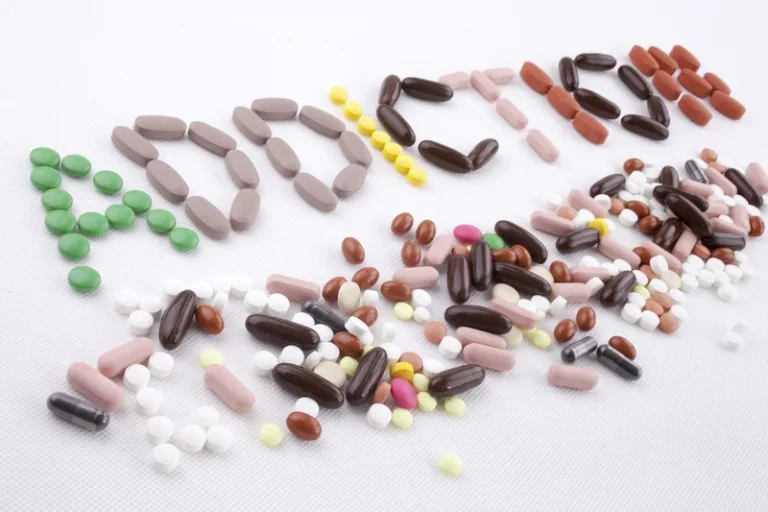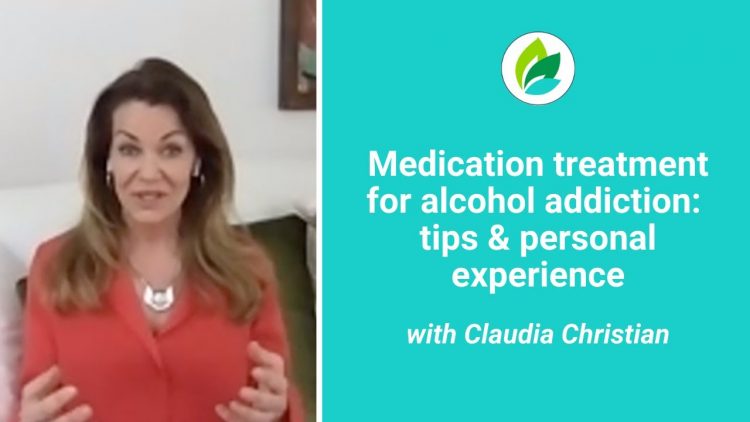
ARI functions as a D2 and 5-HT1A receptor partial agonist and as an antagonist of the 5-HT2A and 5-HT7 receptor (Lawler et al., 1999; Burstein et al., 2005; Jordan et al., 2002). It has moderate affinities for histamine and α-adrenergic receptors and serotonin transporters. The CNS dopamine system is implicated in both reward processing/memory and the inhibitory control mechanisms at the subcortical and cortical regions of the brain. Realizing you may have an issue is the first step toward getting better, so don’t hesitate to talk to a healthcare provider. They’ll recommend treatments and resources to help you recover from alcohol use disorder.

Browse treatment options
In addition, the ACTH and cortisol levels were detected in the plasma, signifying the involvement of ORX in the affective dysregulation seen in alcohol dependent patients during alcohol withdrawal (von der Goltz et al., 2011). Animal and human studies have suggested that ghrelin modulates the neurobiology of alcohol dependence and alcohol craving (Leggio et al., 2012). In a double-blind placebo-controlled human study, intravenous administration of ghrelin 1 μg/kg or 3 μg/kg increased alcohol craving in alcohol-dependent heavy drinking individuals (Leggio et al., 2014). Fenofibrate (150 mg/kg) and tesaglitazar (1.5 mg/kg) decreased the novelty response and increased acute ethanol withdrawal severity and ethanol-induced CTA. On the other hand, saccharin preference and https://ecosoberhouse.com/ ethanol-induced CPP were not altered, however, ethanol clearance was increased. Response to novelty seeking, acute withdrawal, and ethanol clearance showed sex-dependent differences and could explain the reduced ethanol consumption following fenofibrate administration.
- By using animal and cell culture models, it has been demonstrated that chronic ethanol exposure causes an increase in endocannabinoid levels and downregulate cannabinoid receptor-1 (CB1) (Basavarajappa & Hungund, 2001).
- Make your tax-deductible gift and be a part of the cutting-edge research and care that’s changing medicine.
- Alcohol use disorder can include periods of being drunk (alcohol intoxication) and symptoms of withdrawal.
- Acamprosate (Campral) eases withdrawal symptoms — such as insomnia, anxiety, restlessness, and feeling blue — that can last for months after you stop drinking.
- Health care professionals use criteria from the Diagnostic and Statistical Manual of Mental Disorders, Fifth Edition (DSM-5), to assess whether a person has AUD and to determine the severity, if the disorder is present.
More on Substance Abuse and Addiction
- Improved medications for the treatment of binge, chronic alcohol drinking and alcohol related socio-medical problems are greatly needed.
- Both pregabalin and placebo showed similar efficacy according to alterations of scores of the AWS, clinical institute withdrawal assessment for alcohol revised (CIWA-Ar) scores and neuropsychological scales.
- Previous studies from von der Goltz et al, showed the involvement of ORX in the regulation of stress, affectivity and addictive behavior.
Kaur & Ryabinin have demonstrated similar effects of ghrelin antagonist in decreasing the alcohol intake (Kaur & Ryabinin, 2010). They also showed the decreased blood alcohol levels in D-Lys3-GHRP-6 mice compared to control mice. Other agonists of PPARα are oleoylethanolamide (OEA), palmitoylethanolamide (PEA), clofibrate, gemfibrozil; WY14643, and MK886 as an antagonist reported to decrease voluntary ethanol consumption (Le Foll et al., 2014).
Is there a cure for alcohol use disorder?

Martinotti et al, studied in a randomized double-blind comparison trial the effects of pregabalin and naltrexone by recruiting alcoholism seventy-one patients and investigated the alcohol drinking indices (alcohol craving and relapse prevention) and psychiatric symptoms. Detoxified patients were randomized into two groups that received either pregabalin (150–450mg) and naltrexone (50mg) for 16 weeks. The results showed the pregabalin effects are similar to naltrexone in improving alcohol drinking indices, relapse rate and craving scores. In addition, pregabalin was more favorable in reducing the specific symptoms of anxiety, hostility and psychoticism and showed better outcome in patients reporting a comorbid psychiatric disorder (Martinotti et al., 2010). In another study, Addolorato & Leggio, 2010, has compared the effects of pregabalin with other medications for the treatment of AWS. In this study, 111 alcoholic patients suffering with AWS were randomized and given pregabalin (450mg/day), tiapride (800mg/day) and lorazepam (10mg/day) for 14 days.
Personalized Medicine
On the other hand, PPARγ agonists such as pioglitazone, rosiglitazone and ciglitazone are known to reduce voluntary alcohol drinking (Le Foll et al., 2014). Reinforcing and motivational effects of ethanol were studied by using various doses of fenofibrate (Haile & Kosten, 2017). Fenofibrate (25, 50 and 100 mg/kg) in rats showed fenofibrate dose-dependently decreased ethanol self-administration providing further evidence for fenofibrate as a potential treatment for AUD in humans. The PPARα and γ subunits seems to play an important role in reducing the ethanol self-administration. By using the selective PPARα and α/γ agonists and antagonists, Blednov et al. examined the subunit dependence of this action in WT versus null mutant mice lacking PPARα.







